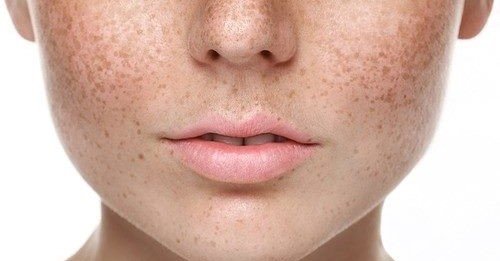What is Pigmentation?
What is Pigmentation, Hyperpigmentation and Hypopigmentation?
Your body contains a pigment called melanin, which determines the colour of your skin, hair and eyes. People with darker skin types tend to have more melanin in their skin cells than those with lighter skin – but imbalances and disorders of the skin can lead to inconsistent colouration, patterning and ‘blotches’.
There are two types of melanin:
Eumelanin - Better known as real melanin, it is black or dark brown and found in people with matte skin (it protects from UV rays).
Phaeomelanin - This is also known as red or redhead melanin. It is present in people with fair skin or red hair. It doesn’t protect against UV rays; on the contrary, its synthesis generates free radicals that attack the skin. These two types of melanin are present in each individual in varying proportions. The amount is what determines a person’s natural skin colour and how well they tan when exposed to the sun.
When skin cells are healthy, your skin will appear normal and even. However, when skin cells become damaged or unhealthy, extra melanin is produced to help protect your skin. Alternatively, the cells that produce pigment can be damaged, which prevents melanin production. As a result, parts of your skin may turn lighter (hypopigmentation) or darker (hyperpigmentation), both of which are recognisable skin conditions.
Types of Pigmentation
Hyper-pigmentation
Dark in colour
Post inflammatory
Melasma
Sun Damage
Photo Damage
Hypo-pigmentation
No colour
Vitiligo
Albinism
Pigmentation and Ageing
95% of premature ageing in the skin can be caused by sun damage. To prevent premature ageing you should wear sun protection at all times. Yes, even when it is cloudy and raining outside.
Causes of pigmentation
Hyper-pigmentation
Sun-UV radiation
Hormones/pregnancy
Stress
Medication, herbal remedies
Acne
Hypo-pigmentation
Injury
Disease
Burns
Lack/loss of pigment
When to seek medical advice about pigment spots
Consult your dermatologist or pharmacist if you’re concerned about any of your dark spots, or notice other symptoms alongside hyperpigmentation such as bleeding, itching, or a change in size or colour. Your dermatologist will be able to advise on any hypopigmentation.
What can I do to treat pigmentation?
For people that suffer from Hypo-pigmentation, it is best to speak with your GP or a dermatologist. As Hypo-pigmentation is loss of pigment, sadly there is little a practitioner can do. If your concern is hyperpigmentation there are a number of treatments you could have to help. The most common treatments are Laser and Skin Peels. Please do your research as lasers are not suitable for all types of hyperpigmentation.
If you are wanting to treat your hyperpigmentation ensure you are protecting your skin at all times.
Do you want to find out what you can do to treat your pigmentation or prevent sun damage and premature ageing?




